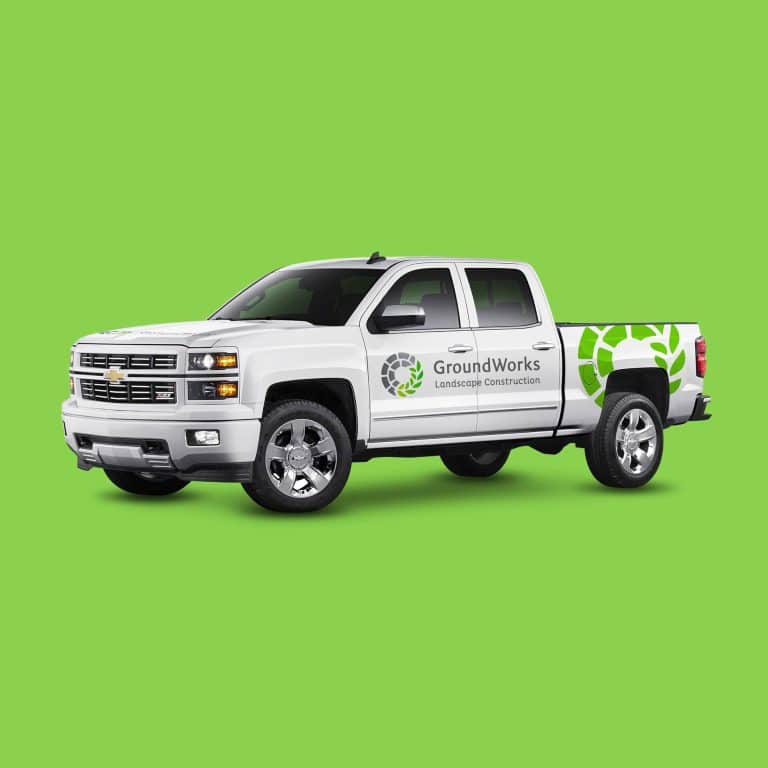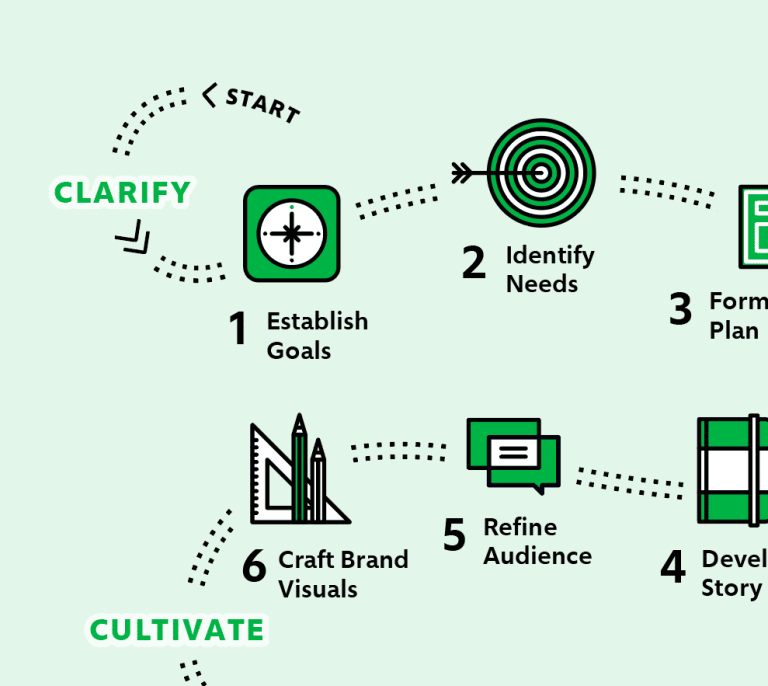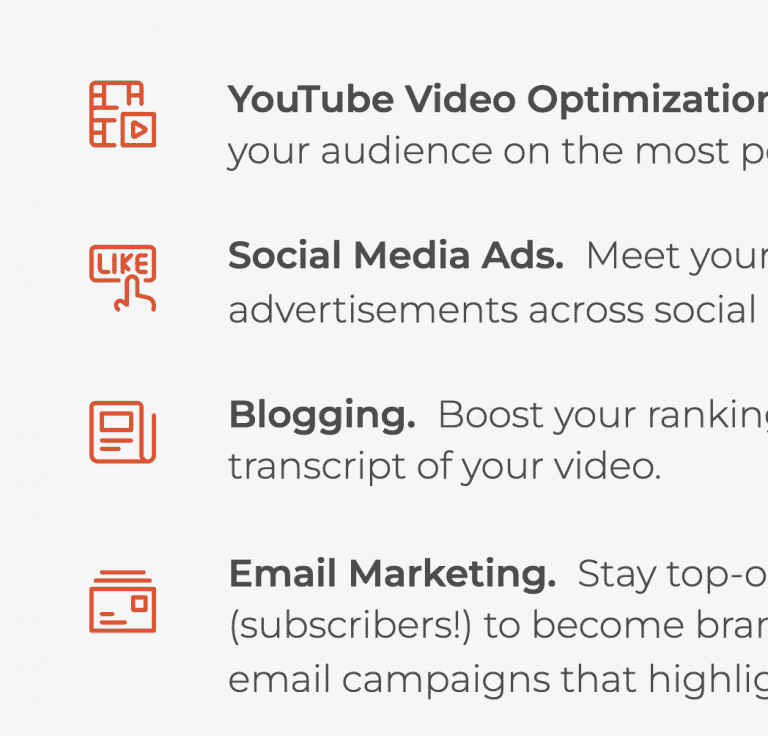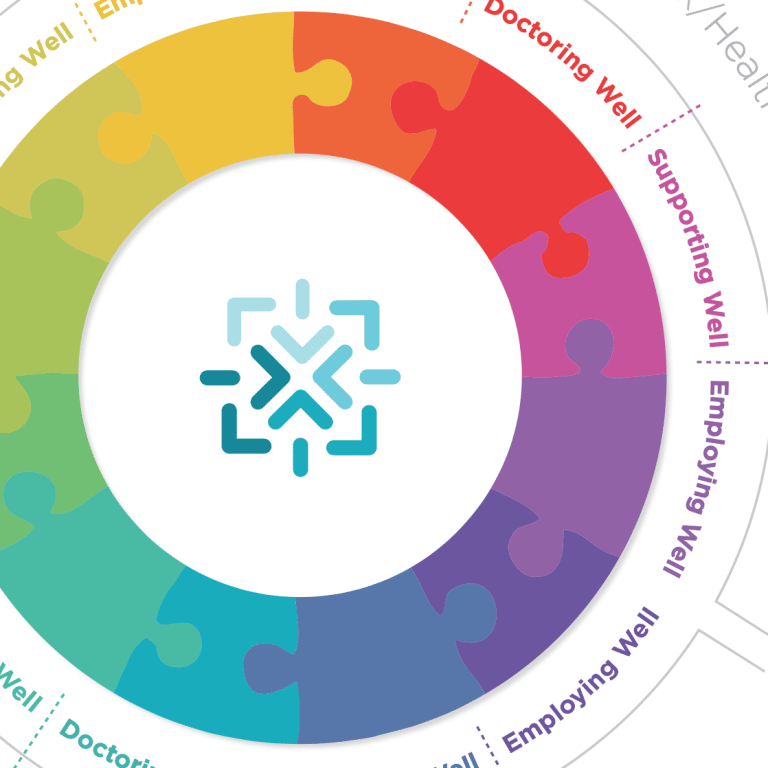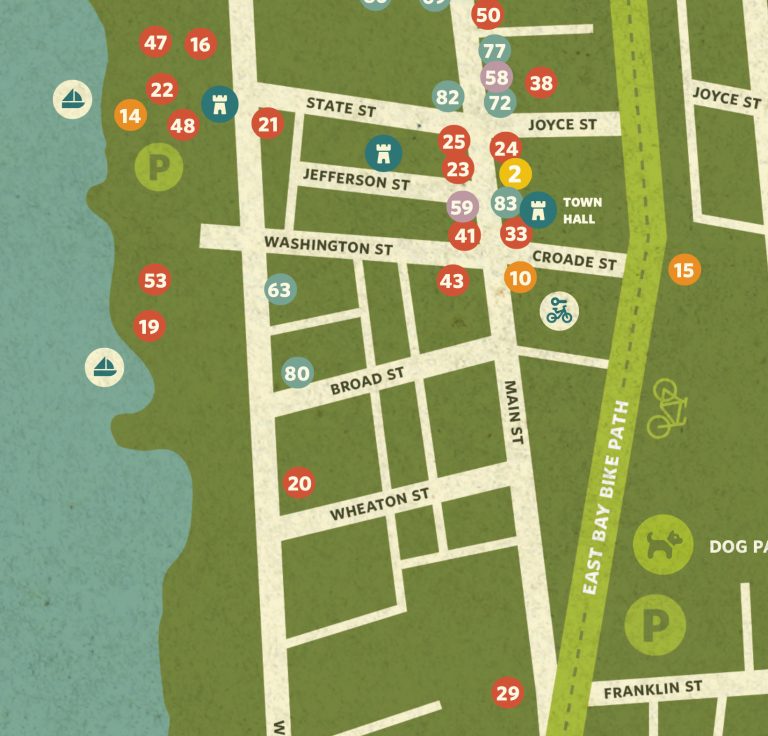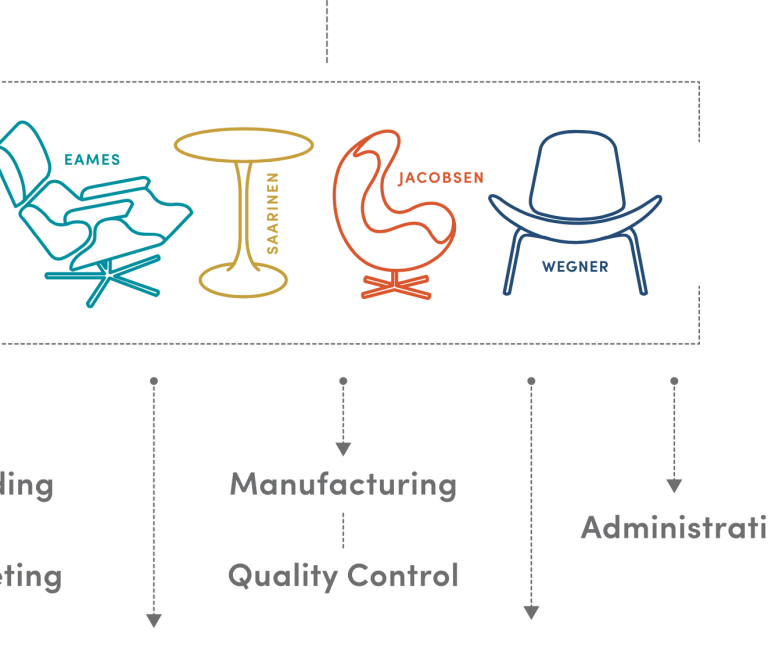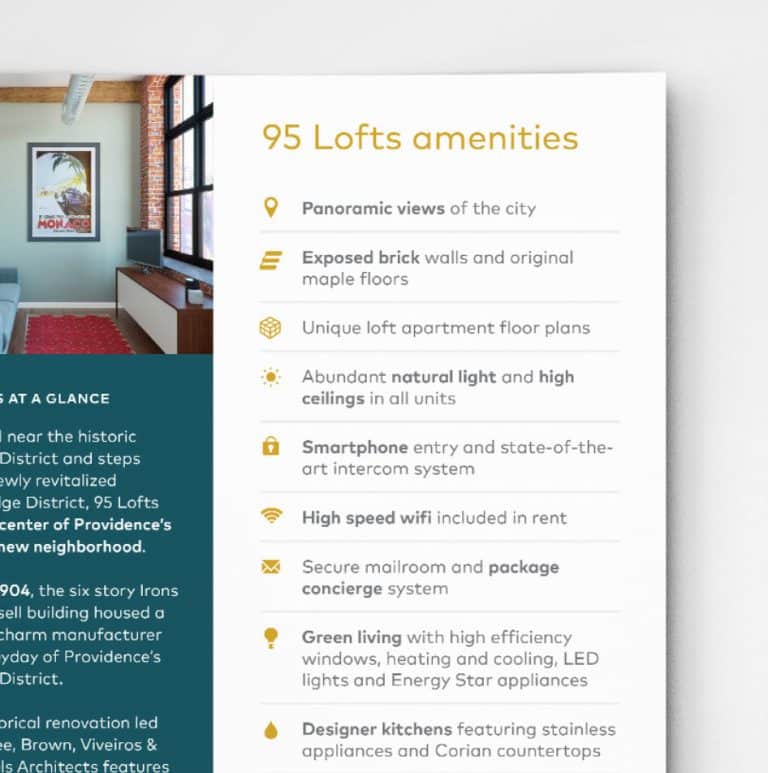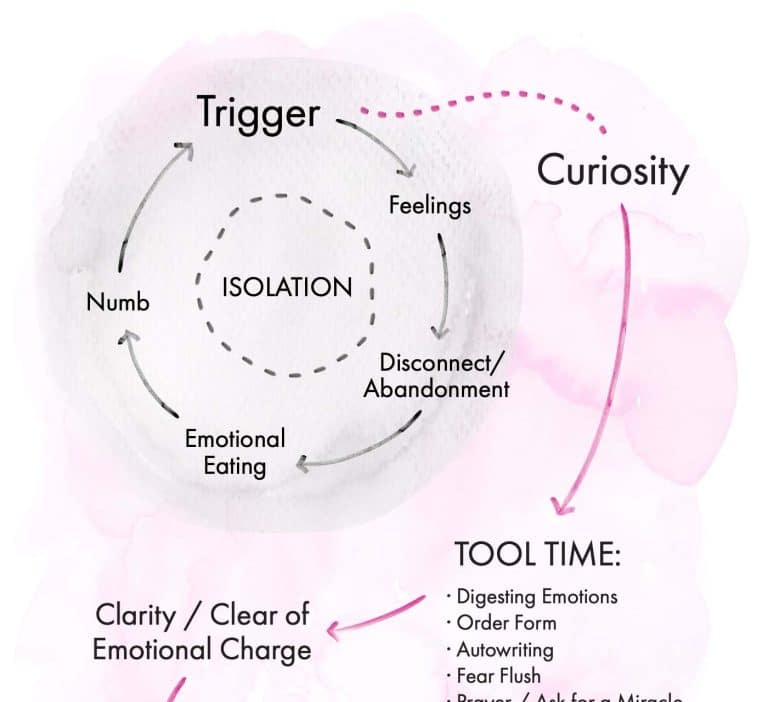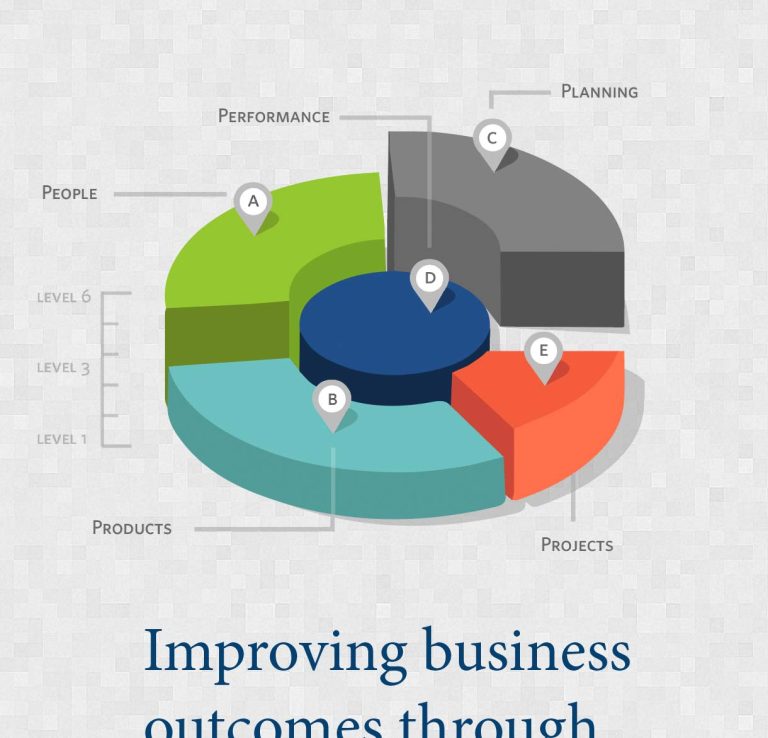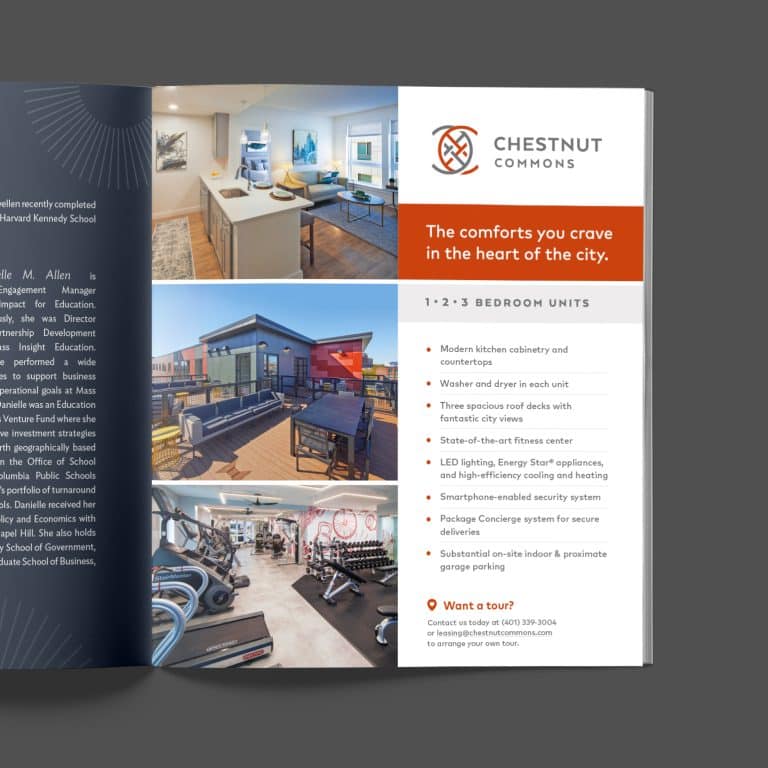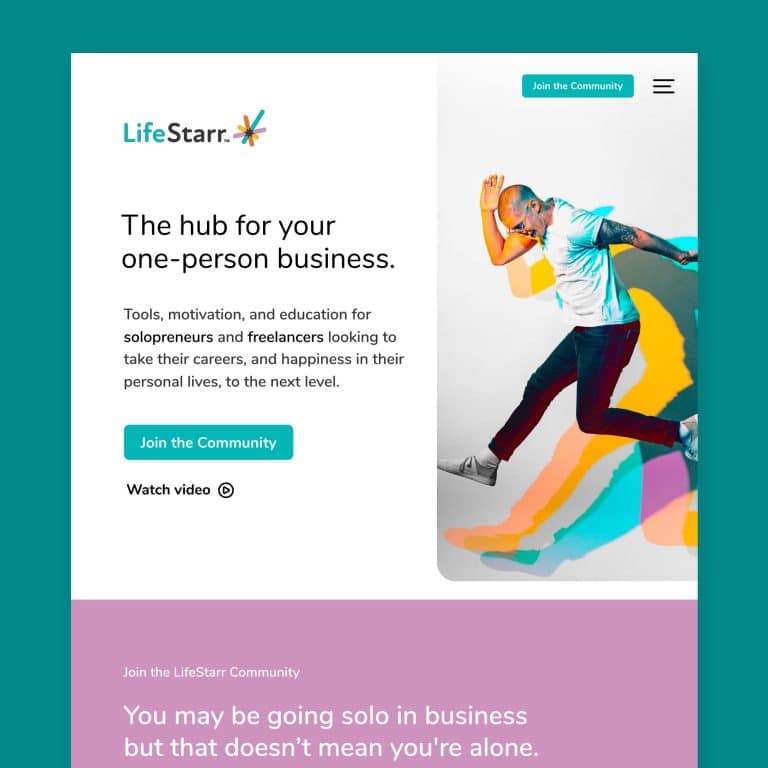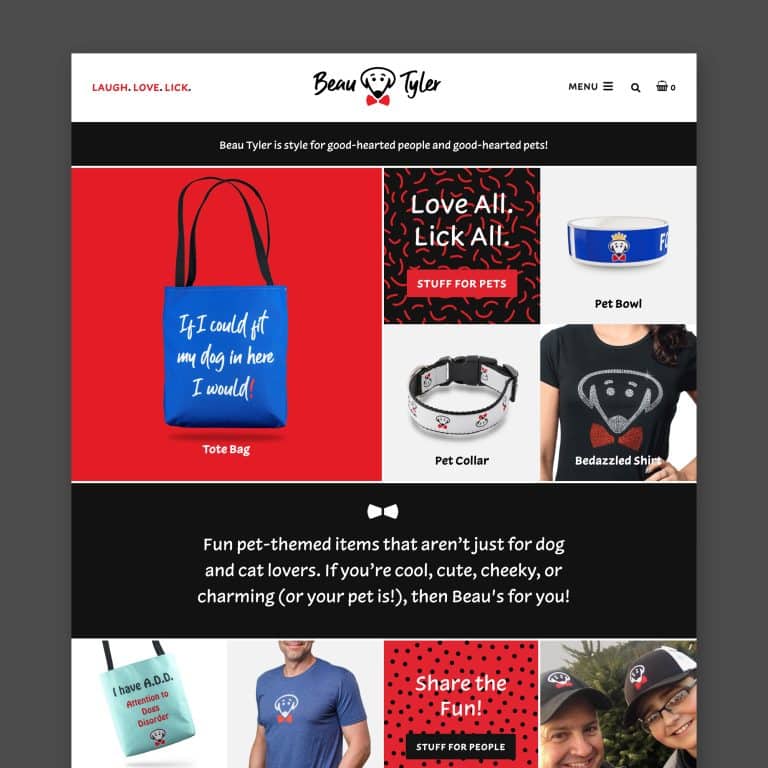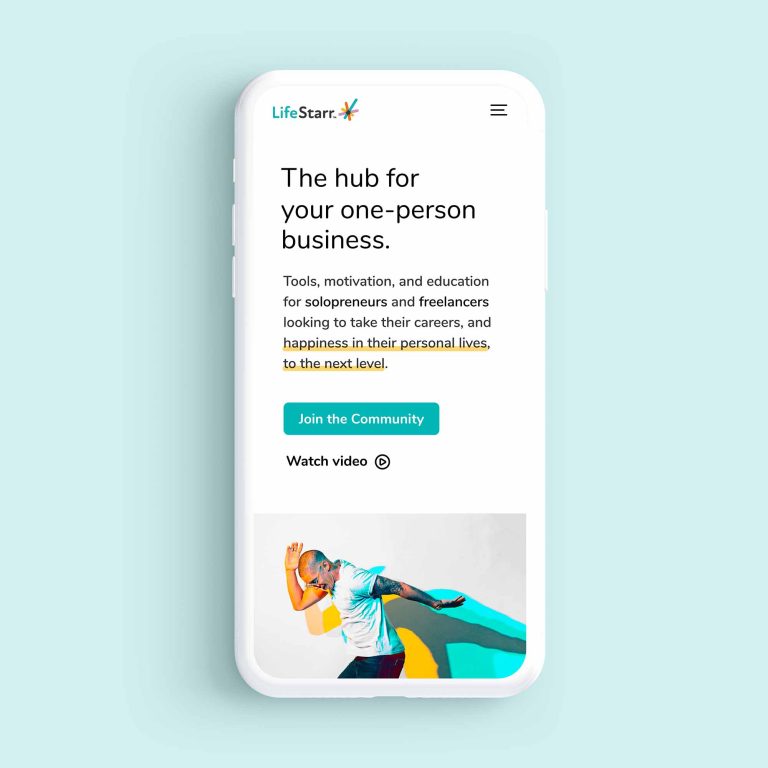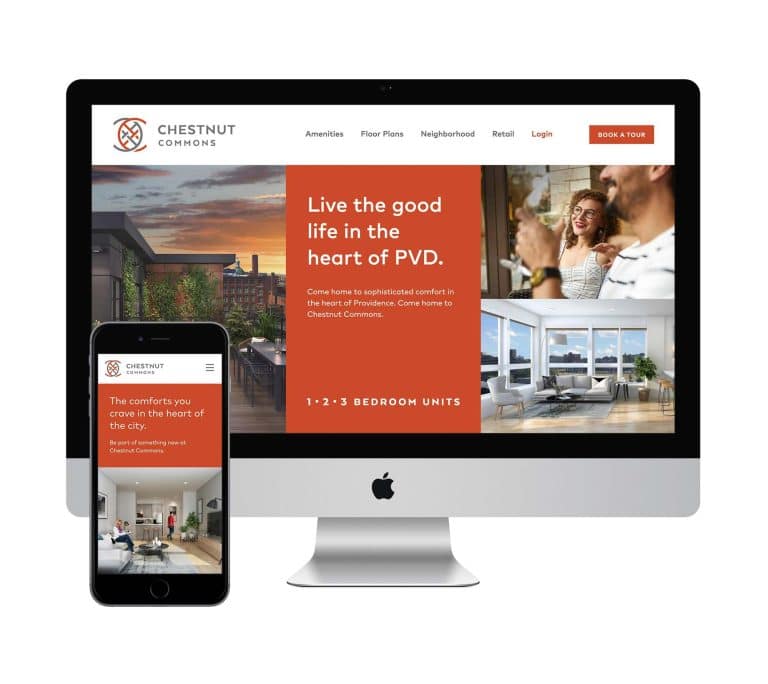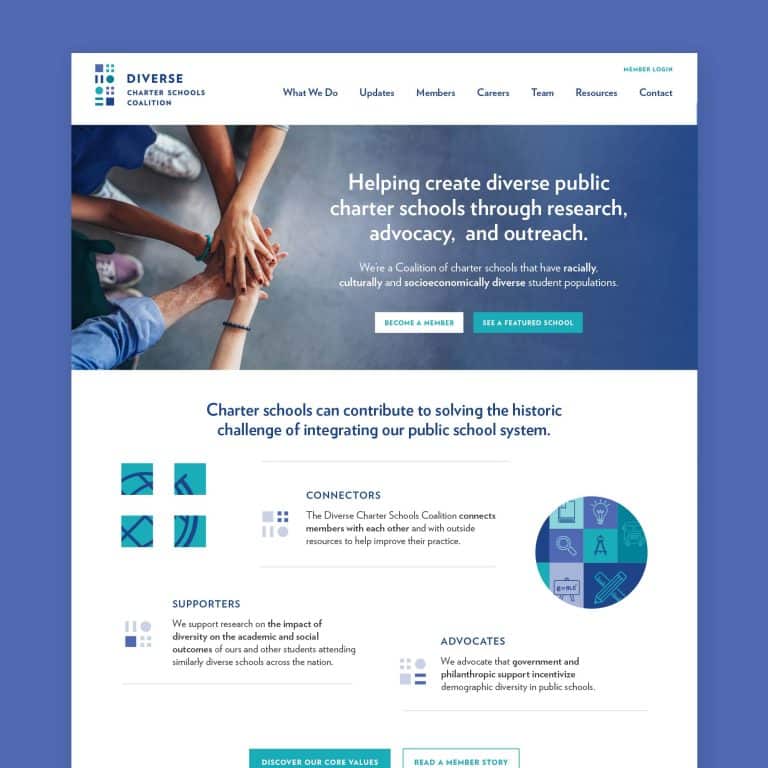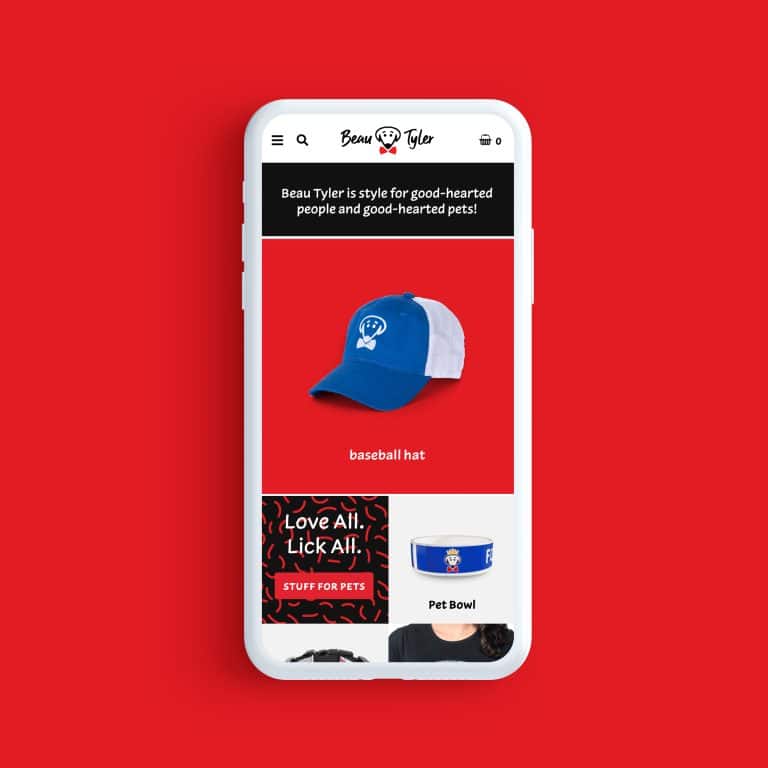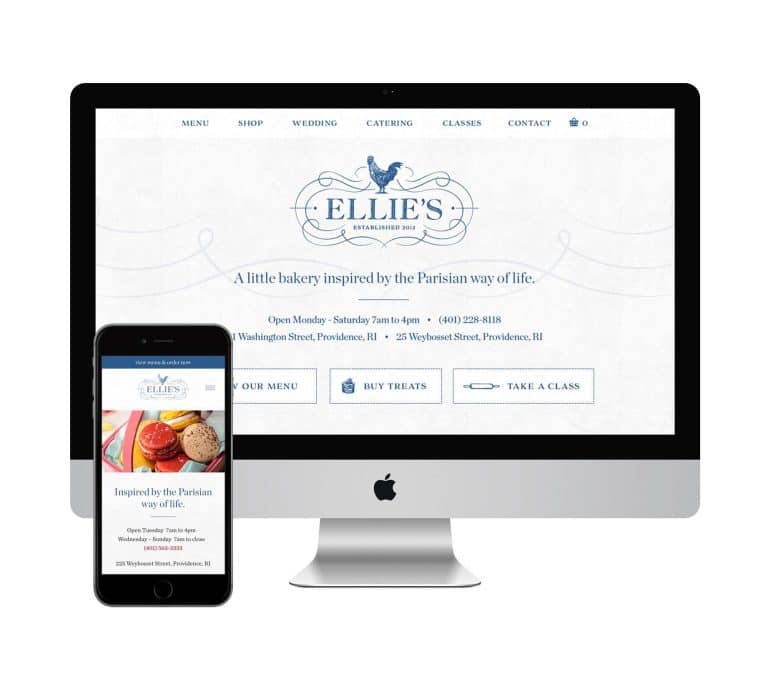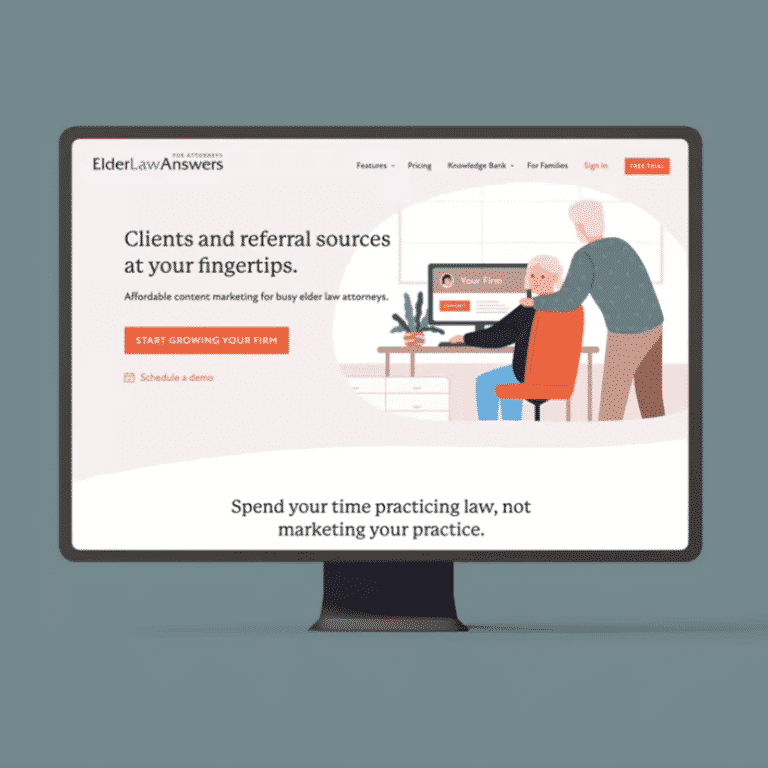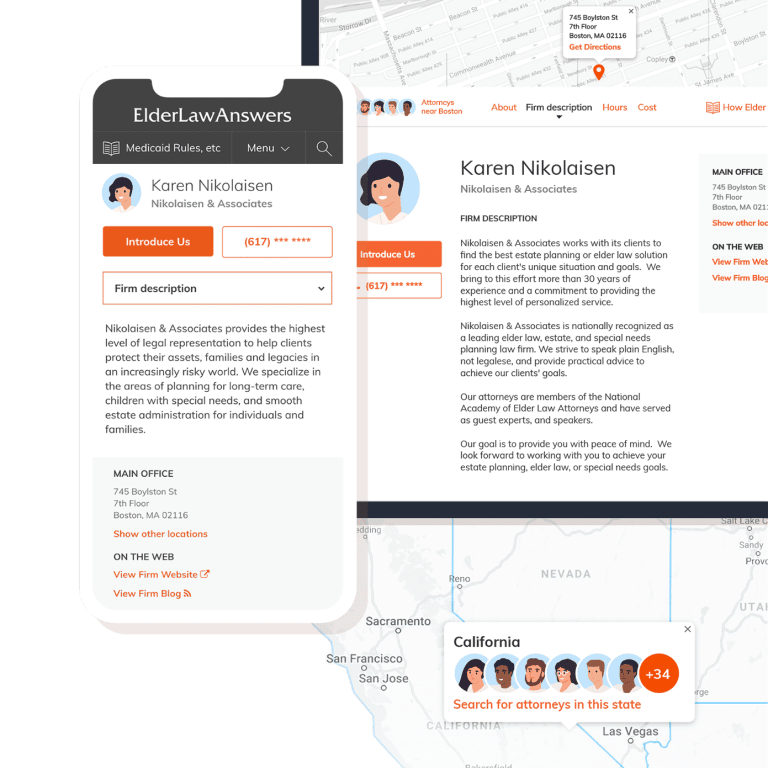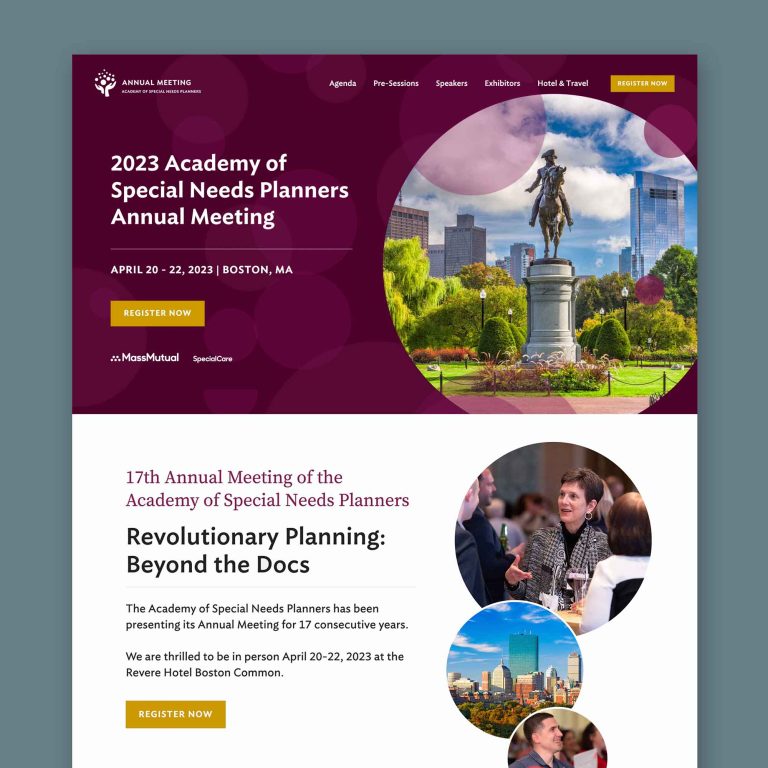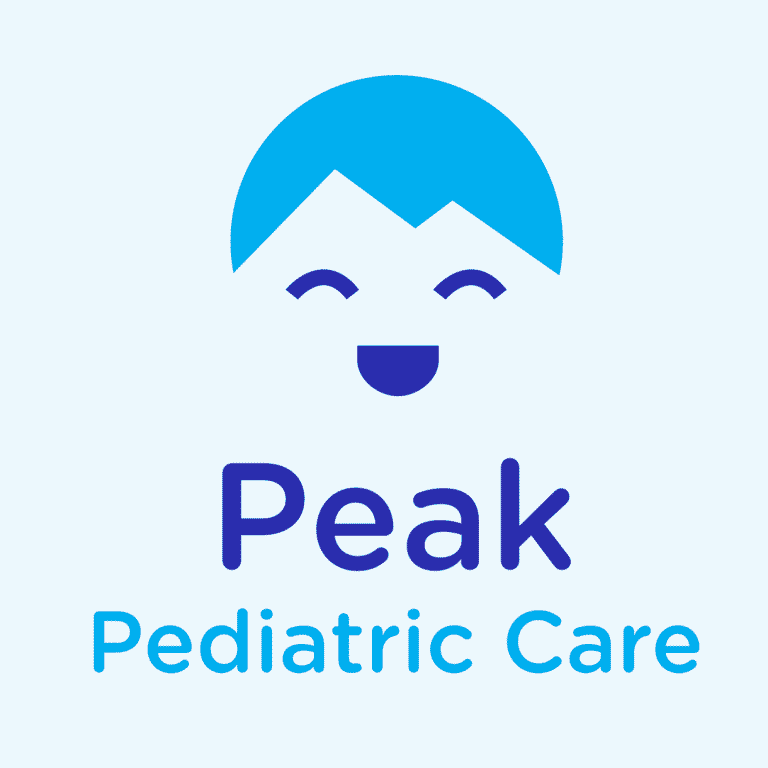How to Maintain Your Website to Get Results
Congrats on launching your new website! I trust you’re showing it off like a new car. After all, your new ‘dashboard’ does sparkle! And like a car, your new WordPress website will continue performing its best with a little TLC. Like regular oil changes, a bit of “routine maintenance” attention here and there will keep your website running smoothly for several years.
Wait a minute. Only a few years? Not decades?
Realistically, no. With design, browser, and web standards changing at such a rapid pace, I recommend your site be professionally re-designed (over overhauled, depending on how your business model has changed in the interim) every three to four years.
A relatively new website will:
- Simply work better and perform better, with updated scripting and functionality (ensuring that Google and other browsers can index it easily and quickly)
- Probably load faster than your previous one, ensuring more visitors stay and browse longer
- Boast content that’s well-organized and chunked for the today’s web surfers, increasing your visitor interaction
- Have well-constructed, current Calls to Action that speak to today’s market (and seem less like a salesman boringly spouting the benefit his/her services)
- Look and work just as well (or even better) on a phone as it does on a desktop monitor or laptop (a growing number of folks are using their phone as their main browsing device)
A current website means a superior user experience for your customers, which translates to more customer loyalty, which translates to more cash in your pocket.
The good news is that if you maintain your website as you go, you’ll be better prepared when it’s time for a fresh redesign.
How do I fit website maintenance into my busy schedule?
I’ve outlined three levels of engagement so you can think strategically about how to maintain your website and fit it into your busy schedule (see below).
My goal is to make your website a living, breathing part of your brand — not a static rock gathering dust in a lonely corner of cyberspace. The following are the most important things you can do to maintain your website.
The Basic Pro (averages 30 minutes per week)
This is for you if: You’re tight on time and more comfy emailing than writing HTML code
- Basic details. Each month, check that your business hours are correct. Is there anything else that changes seasonally with your business, such as menus, tours, rates, etc?
- Content. Write a monthly blog post of 600-1,000 words, with top quality images. This is the minimum you need to do to look good in Google’s eyes, which likes to see that websites are regularly updated with fresh content. (It also assures your site visitors that you’re checking in regularly.)
- WP software. Update your WordPress software. It’s quick and easy to update the version of WordPress that you are using. Log into your Dashboard and look at the top of your screen for a bright orange number. Click on that and follow steps to update your WordPress software.
- Plugins. Update plugins. Similar to updating your WordPress version, log into your Dashboard, click on Plugins, and follow steps to update those with new versions.
The Signature Pro (averages 60 minutes per week)
This is for you if: You’ll make time to leverage hard data to optimize your website
- You’ll do everything on The Basic list to maintain your website, plus:
- Analytics. When I built your website, I made sure to install Google Analytics. Analytics provides rich data showing who is coming to your website, how long they stay, what they click on, and from what page they leave the site. Reviewing this data regularly will give you data-based insights as to what your customers truly want when they come to your website. You will even be able to isolate mobile users and see their specific patterns of site usage. With mobile use growing each year, it’s a competitive advantage to meet the specific needs of mobile users. To get started, I like this Absolute Beginner’s Guide to Google Analytics from Moz, one of the most trusted sources on SEO. When you’re set up, I recommend creating an automatic monthly report emailed to your inbox.
- Services. Each quarter, review the services and products offered on your site. Are they up to date? Correctly described and priced?
- Staff. Each quarter, remove any employees who are no longer with your company and add new bios and head shots, where appropriate.
- Press. Create a Google Alert to monitor any media coverage, and update your Press page to link to favorable articles that highlight your company.
The Ulimate (averages 2 hours per week)
This is for you if: You’re more tech savvy than the average bear and want to maximize your online presence
- You’ll do everything on The Premium list, plus:
- Analytics. Dig deeper into your regular analytics reviews and closely study the data. How can you optimize your homepage, which is typically the most visited page of any website? What can you to do remove barriers to conversion, which is when a user becomes a customer? Make any small tweaks that you can on your current site, whether it’s streamlining your text or adding a Call to Action. Then watch whether Analytics reveals positive changes in user flow.
- Get social. Savvy internet users know that social media is an opportunity for brands and companies to connect and engage with current customers, and even future customers who are not yet in purchase mode. Social engagement drives SEO, leads to broad brand exposure, and reaffirms your connection with existing customers. The relationships you cultivate and nurture on social media are a small investment that will reap rewards down the road. Want to pull out the bug guns on your social media? Check my resources for a marketing strategist that can guide you.
- Social images. Quarterly, consider whether the main image on your social feeds would benefit from an update. This is an easy way to add value if your business is seasonal, or to showcase new photography or additional aspects of your products and services. Some brands use this space to promote a particular initiative, such as an upcoming event.
- Homepage images. Once a year, book a professional photographer (not your cousin!) to shoot fresh images of your business, your team, your products, and anything else visually relevant. These pro images will shine on your website, your social feeds, and your marketing pieces. I also recommend you send them to media as part of your public relations outreach to increase your chances of coverage. Need a great photographer to keep in your back pocket? Check my resources for a few local professional photographers I recommend.
- Testimonials. Every quarter, cull your best reviews from Tripadvisor, Angie’s List, OpenTable, Yelp, and other sites. Find ways to incorporate them into your site and social media feeds. Showing off recent reviews is a great way to show you are current and fresh in customers’ minds. Reviews are considered “social proof,” which means that reviews and testimonials prove your worth to other customers.
It’s well documented that customers are more likely to believe other customers than a business owner who’s trying to sell them something. Let your customers speak for your business.
Are you ready to maintain your website like it’s a new car? Woohoo! And you’re off to the races.
It's hard to market an unfocused brand.
Your business should tell a powerful story to attract loyal customers. Get a brilliant visual framework tailor-made to help you build trust.







